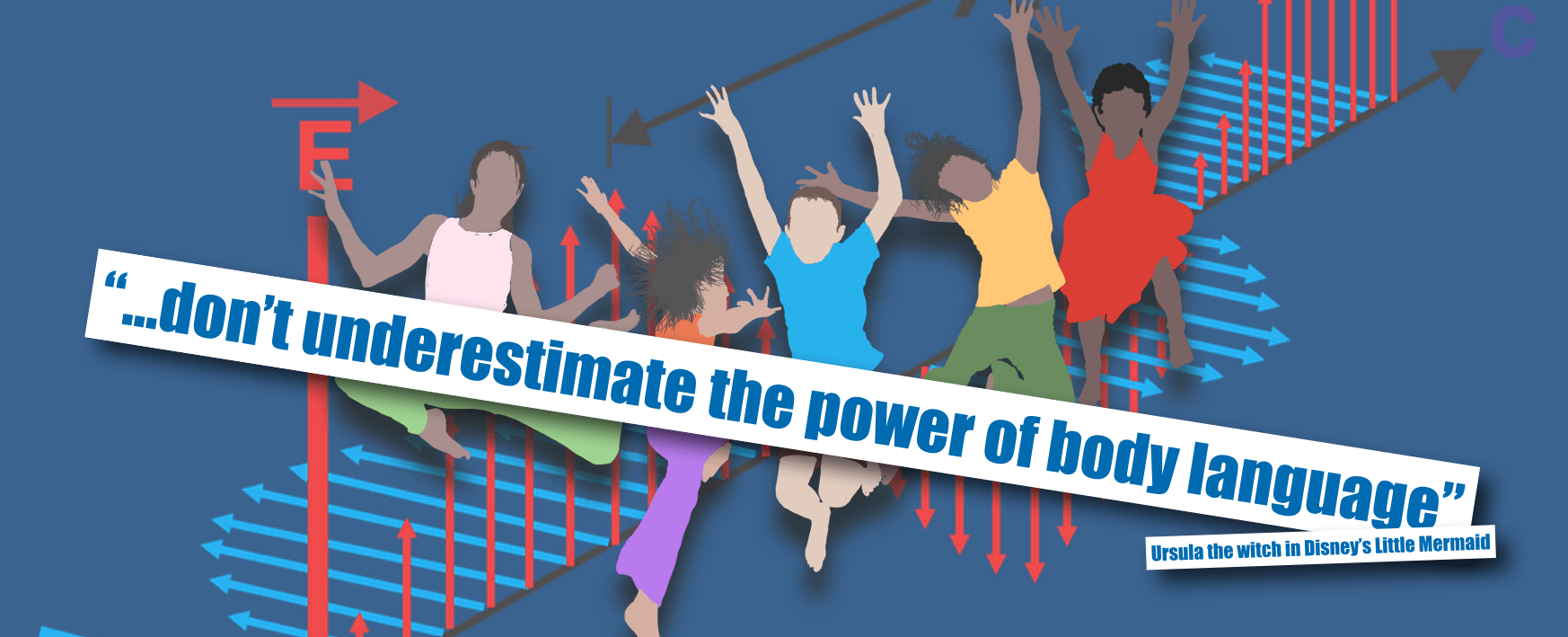A while ago I had written about how we use language to capture intangible ideas – and the risks associated with not paying attention to these intangibles. I had said (though you can read the complete post A different language):
For instance wine connoisseurs have developed a specialized language (which sadly is quite opaque to me) to explain to each other characteristics of wine. So the words “fruity” and “dry” have specific gustatory connections… What we need to do is develop a language that allow us to somewhat consistently express and represent the intangibles of teaching, somewhat like what Bird does in explaining his music (or wine connoisseurs do when describing wine). The lack of such a language essentially prevents us from recognizing that classrooms are far more than 4 walls, a teacher and a bunch of students… and that aesthetics play a great role in the act of teaching and learning.
Now here is “scientific” proof 🙂 of what I was saying. In goofing around on the web I came across this article on PubMedCentral titled Six senses in the literature. The bleak sensory landscape of biomedical texts. The authors Raul Rodriguez-Esteban and Andrey Rzhetsky argue that
When we read prose—whether technical or literary—our mind parses sentences to recover their meaning. Yet, the flow of the words themselves can invoke surprising or unexpected sensory responses, even for the writer. Even a very rational and technical text can typically affect the reader on multiple cognitive levels, in addition to its basic task of transmitting the author-intended meaning.
This led them to wonder about the kinds of words used in scientific texts, specifically biomedical texts. Being good scientists, the decided to test this out:
In this study, we therefore analysed the frequencies of use of sensory words and time-related terms in a large collection of biomedical texts, and compared the results with similar analyses of a collection of news articles, a large encyclopaedia, and a body of literary prose and poetry.
And what did they find? No real surprises here:
We found that, unlike literary compositions and newswire articles, biomedical texts are extremely sensory poor, yet rich in overall vocabulary. It is likely that the sensory-deprived writing style that dominates the biomedical literature impedes text comprehension and numbs the reader’s senses and mind.
In conclusion they say:
In short, we believe that scientific prose should be enriched with sensory words, provided that they clarify the meaning rather than obscure it, in much the same way as a good statistical data visualization involves the mapping of abstract data into colours and three-dimensional shapes, to help the reader or viewer discover meaningful patterns.
I think the analogy to visual representation is right on… and I could not agree more with their conclusion.


0 Comments